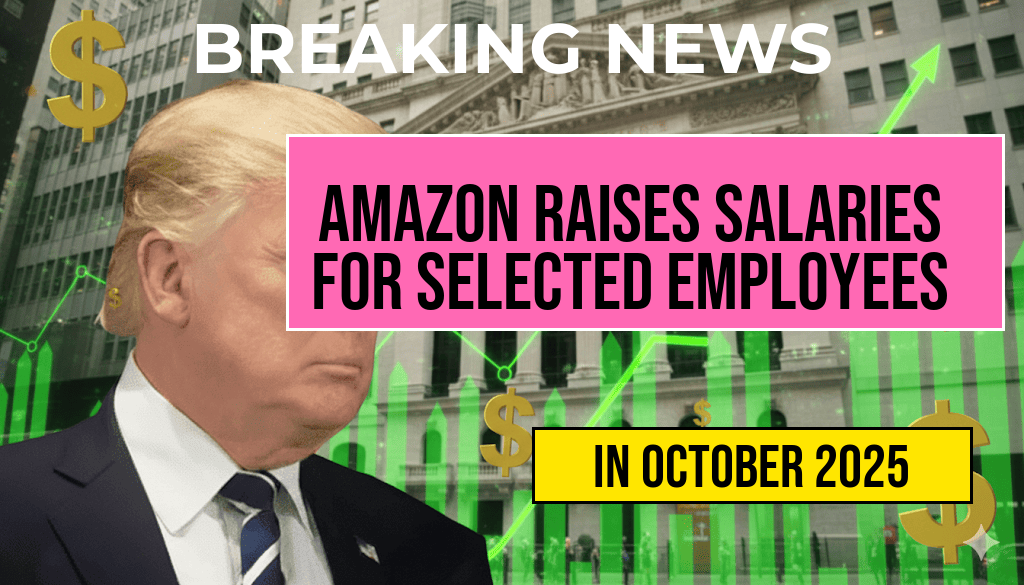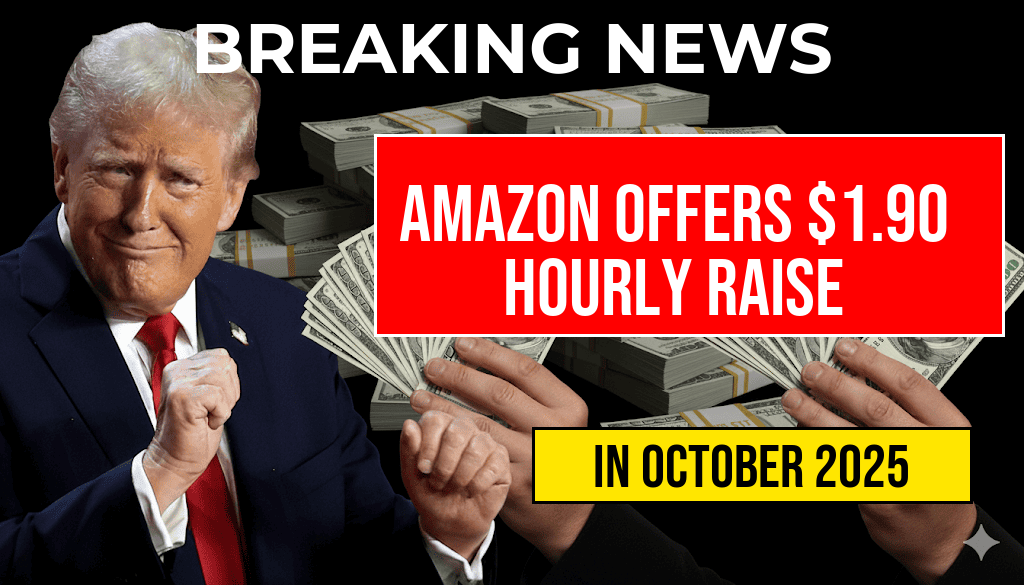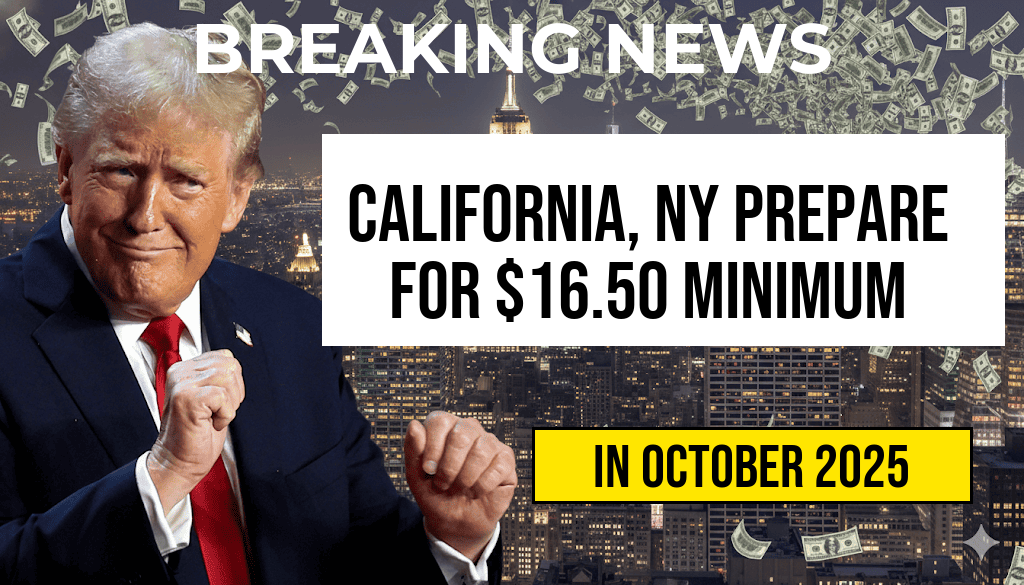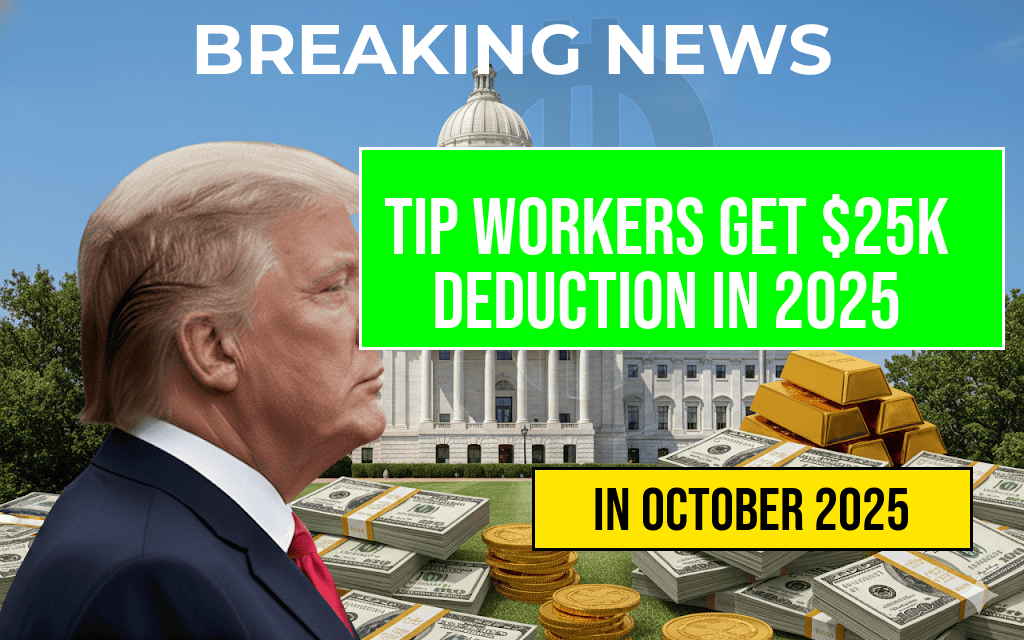Fast food workers across New York City are mobilizing once again to demand an increase in their minimum wage, advocating for an $18 an hour baseline. The campaign, driven by labor unions and worker advocacy groups, seeks to address longstanding wage disparities within the industry, which has often been criticized for offering low pay despite the high cost of living in the city. As the city’s economic landscape continues to evolve, these efforts aim to push policymakers and major restaurant chains to recognize the vital role these employees play in the urban economy, while also addressing concerns over economic inequality and worker rights.
Background of the Campaign
The push for a higher minimum wage among NYC fast food workers is rooted in broader discussions about living wages and fair labor standards. Historically, workers in the fast food sector have earned wages well below the city’s living wage benchmarks, often working long hours with limited benefits. The current minimum wage for tipped workers and non-tipped employees varies but generally falls short of what many consider necessary to afford basic living expenses in New York City.
According to recent estimates from the New York City Department of Consumer and Worker Protection, the average rent for a one-bedroom apartment exceeds $2,500 per month, making it difficult for minimum-wage workers to sustain themselves without additional support or income. This disparity has fueled calls for a more substantial wage increase, with advocates citing economic hardship and increased living costs as primary motivators.
Key Demands and Goals
- Establish an $18 an hour minimum wage for all fast food workers in NYC, including franchise and independently owned outlets.
- Implement stronger enforcement mechanisms to prevent wage theft and ensure timely payment of wages.
- Provide access to benefits such as paid sick leave and affordable health insurance, which are often lacking in the industry.
- Promote unionization efforts within the fast food sector to empower workers and facilitate collective bargaining.
Industry Response and Challenges
Fast food corporations and franchise operators have expressed mixed reactions to the campaign. While some acknowledge the importance of fair wages, many cite concerns over increased labor costs that could lead to higher menu prices or reduced staffing levels. The National Restaurant Association has previously argued that significant wage hikes could threaten industry profitability and employment levels, particularly for entry-level workers.
However, labor advocates counter that the current wages are inadequate for workers to meet basic needs. They point to studies indicating that increasing wages can reduce turnover, improve service quality, and stimulate local economies through increased consumer spending. Several cities and states have experimented with higher minimum wages in the fast food sector, with varying outcomes. For example, California’s implementation of a $15 minimum wage has shown promising results in terms of worker satisfaction and economic stability for some employees.
Policy Landscape and Future Prospects
The campaign coincides with ongoing debates within New York City’s government about economic recovery and social equity. Mayor Eric Adams has previously voiced support for raising the minimum wage, emphasizing the importance of fair pay to foster a more equitable city. The NYC Council has introduced legislation aimed at gradually increasing the minimum wage for fast food workers to $15 an hour, with advocates urging a faster timeline and higher target.
Statewide, efforts to standardize wage increases face opposition from industry groups and some political figures wary of potential economic repercussions. Yet, the movement continues to gain momentum, fueled by a growing public awareness of income inequality and the critical role of frontline workers.
Implications for Workers and the Local Economy
| Aspect | Potential Outcome |
|---|---|
| Worker Well-Being | Improved financial stability, reduced turnover, increased job satisfaction |
| Business Operations | Potential menu price adjustments, staffing changes, increased operational costs |
| Local Economy | Enhanced consumer spending, potential boost in economic activity |
While raising wages can offer significant benefits to workers, critics warn of possible unintended consequences such as increased prices or reduced hiring. Experts suggest that a balanced approach, combining wage hikes with support for small businesses and targeted subsidies, could mitigate adverse effects while advancing social equity goals.
Community and Worker Perspectives
Many fast food employees see the wage increase as a necessary step toward economic dignity. Maria Lopez, a shift supervisor in Queens, shared her experience: “We work long hours, but it’s hard to pay rent and buy groceries. An $18 minimum wage would make a real difference for my family.”
Advocates argue that elevating wages aligns with broader efforts to reduce poverty and promote fair labor practices. Worker coalitions continue to organize protests, petitions, and negotiations with city officials, emphasizing the urgency of their demands.
For more information on the state of labor rights in New York City and related legislative efforts, visit the Wikipedia page on labor rights in NYC.
Frequently Asked Questions
What is the main goal of the New York fast food workers’ campaign?
The primary goal of the campaign is to advocate for a $18 an hour minimum wage for fast food workers in New York City, aiming to improve their economic stability and working conditions.
Why are fast food workers in NYC demanding a higher minimum wage?
Fast food workers are demanding a higher minimum wage to address low pay, financial struggles, and to ensure a living wage that reflects the cost of living in New York City.
How might the increased minimum wage impact fast food workers and the industry?
An increased minimum wage could lead to better income stability for workers, potentially improve job satisfaction, but may also influence business costs and pricing strategies within the industry.
What actions are the campaign organizers taking to promote their cause?
Campaign organizers are conducting protests, petitions, and engaging in advocacy efforts to raise awareness and pressure policymakers to implement the $18 an hour minimum wage.
How does this campaign fit into the broader movement for workers’ rights in NYC?
This campaign is part of a wider movement advocating for fair wages, improved working conditions, and economic justice for low-wage workers across New York City.





